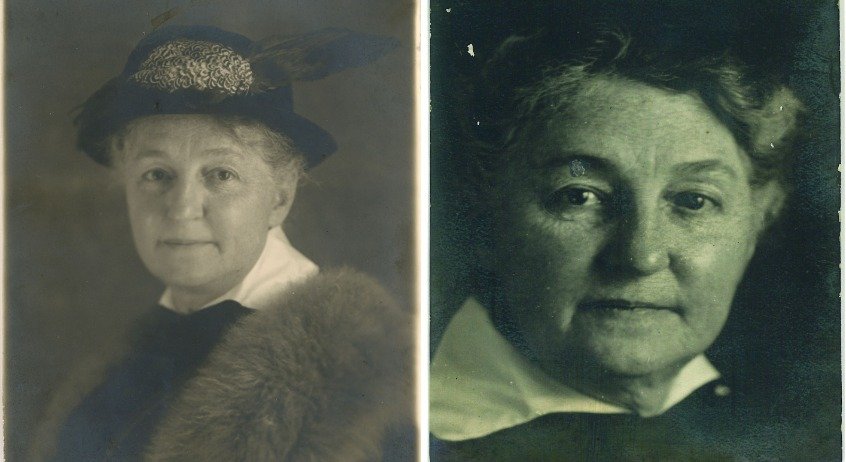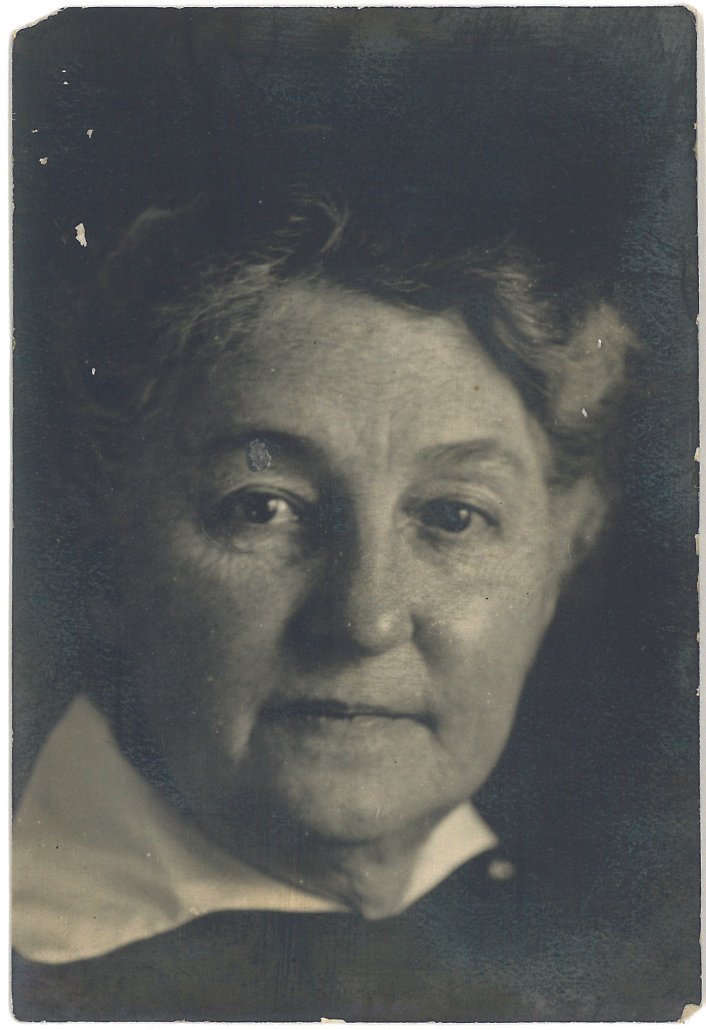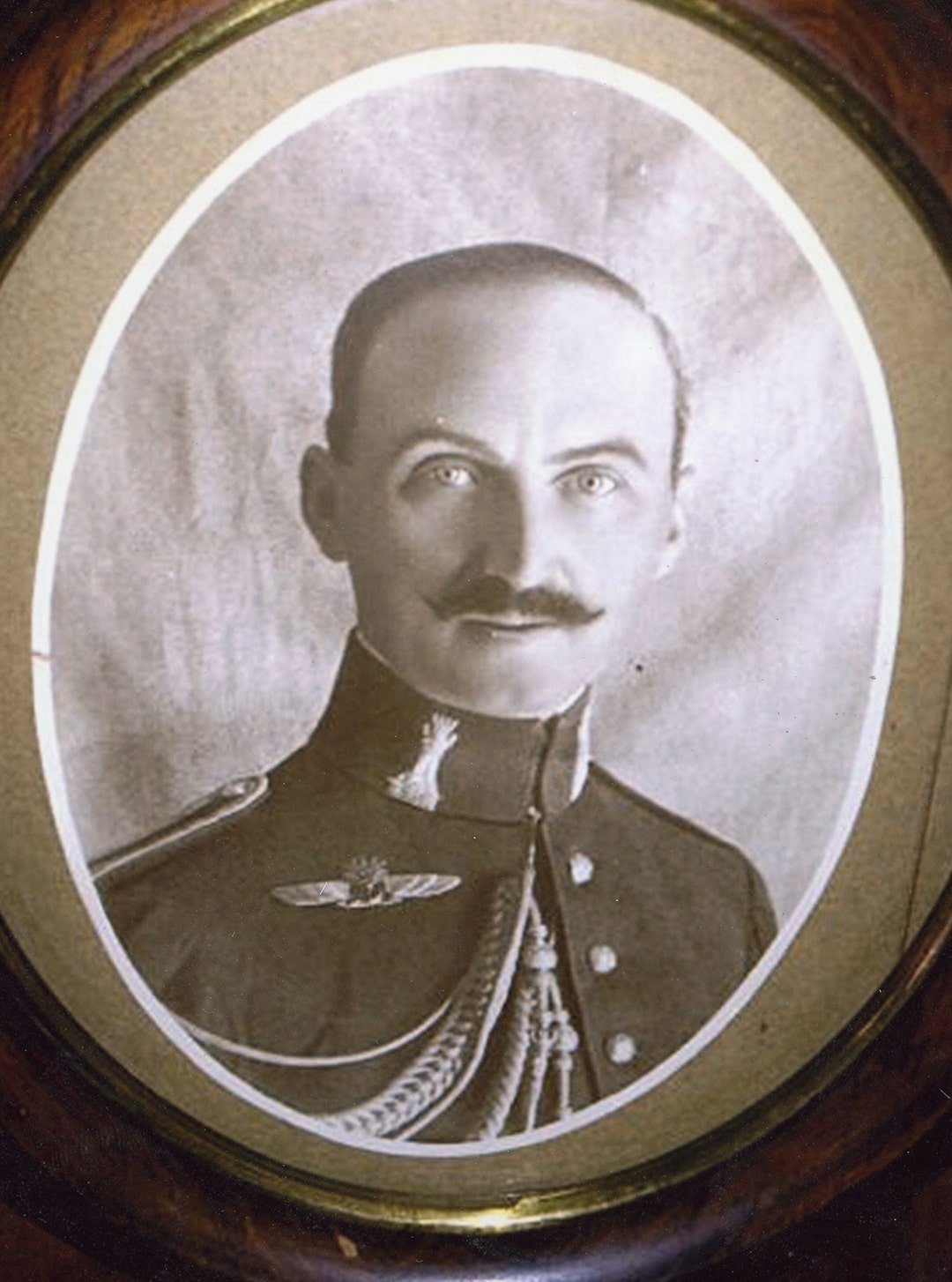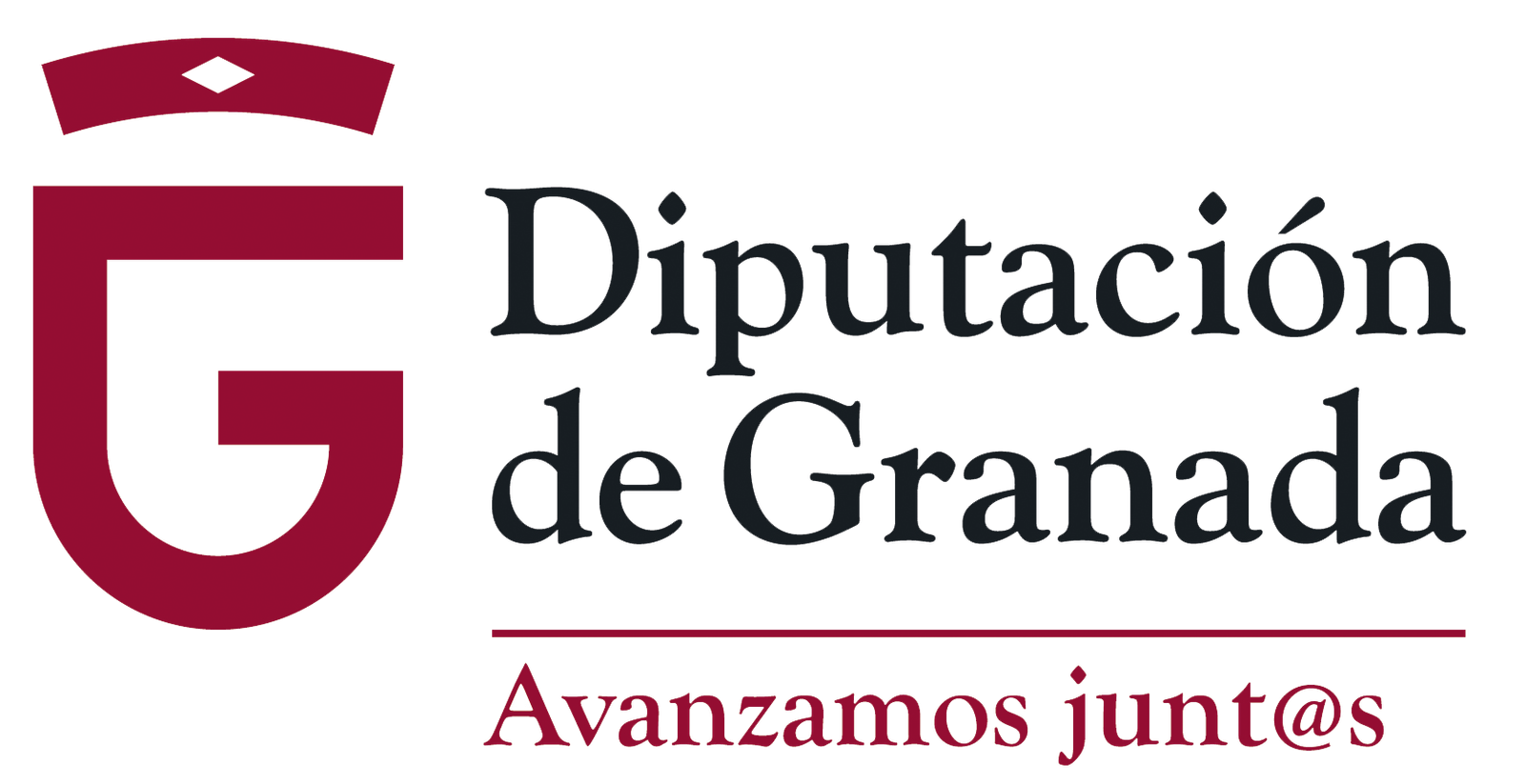Berta was born in the small town of Scherhein (Germany), on the 25th June 1858, to a well-to-do family with a fairly comfortable economic position.
How did Berta arrive in Granada?
Her father, Mr. Fernando Philipp Wilhelmi y Frommé (24-04-1821 Endekoben, Germany), an industrial engineer, arrived in Granada to assemble the machinery of an important paper factory, from where he would not leave, settling with his family, made up of his second wife, Hedwing Henrich “Carolina”, his two children, Berta and Luis, as well as the three children from his previous marriage.
In 1855, Mr. Fernando, together with Mr. Luis Lemmé Fetch, created the Wilhelmi and Lemmé Manufacturing Company, which would have paper mills in Chimeneas Altas (Dúdar), in El Blanqueo (Pinos Genil) and in Paseo del Salón (Granada), as well as numerous farms and a small power station in El Blanqueo. These properties and company would be inherited and managed by Berta.
Berta’s life
From 1861 to 1871 she was educated at a boarding school in Geneva (Switzerland), spending her holidays in Granada, where she arrived for the first time in 1862, at the age of four, accompanying her grandmother Albertine, a famous writer, to the house located in the Blanqueo paper factory in Pinos Genil.
From 1871 onwards the family lived in the Carmen of “Peña Partida”, near the Alhambra, until his definitive move to the Paseo del Salón, where he remained until his death.
In Granada he continued his German education, always with a “Hausthrein” (German governess). He mastered 4 languages (English, French, German and Spanish) and obtained an intermediate degree in natural history, mathematics, geography and literature.
She grew up in a liberal and atypical family environment for the time, influenced by the peculiar personality of her mother, Mrs. Hedwing Henrich “Carolina”, a very active person with free-thinking and feminist ideas.
On 15th August 1877, at the age of 19, she married Mr Fernando Dávila de Ponce de León y Zea. At the age of 23 she had two children, Luis born in 1878 and Berta in 1881.
The death of her brother Luis at the age of 21, due to tuberculosis, marked her active fight against the disease, which would accompany her throughout her life. The result of this was the creation in 1918 of the first tuberculosis treatment centre in Granada in a small house of her property called “Las Acacias”, in the Paraje del Purche, in 1919 she founded the Anti-Tuberculosis Board in the Alfaguara, together with doctors Mr. Alejandro Otero Fernández and Mr. José Blasco Reta; in 1923 the Anti-Tuberculosis Sanatorium of the Alfaguara and the Dispensary of Zenete were inaugurated and in 1924 she organised a preventive school for boys and girls, with all the characteristics of an open-air school.
She was a member, on her own merits, of the Royal Economic Society of Friends of the Country in Granada.
Berta introduced mobile beekeeping in Granada, which represented a great revolution with respect to the traditional methods used at the time. In 1888 she took part with her hives in the beekeeping exhibition held in the Palace of Charles V in the Alhambra, where she was a great success. His importance is recorded in the Honey Museum in Lanjarón.
His philanthropic facet was reflected in the business philosophy of the company “Wilhelmi and Lemmé” where the owner-operator-tenant relationship was quite atypical for the time, as it was based on cordiality and affection.
A pioneer in the application of primary education methods, following the principles of the Instituto Free Institution of Education, she directed the first School Colonies in Almuñécar in 1892 (the second in Spain and the first of a mixed nature).
He introduced the distribution of food, called “Sopa Escolar” (School Soup) and the School Canteens in several public schools in Granada, as a way of alleviating the poverty and illiteracy that prevailed at the time.
In Pinos Genil, in 1913, she built the Mixed School and a Popular Library, which she endowed with 600 volumes.
Her feminist thinking was affirmed in her paper to the Spanish-Portuguese-American Pedagogical Congress held in Madrid in 1892 entitled “The aptitude of women for all professions” in which she defended “The equality of both sexes in terms of the right to seek the means of subsistence necessary for life…, the right to govern themselves and to take part in social matters”.
In 1931, a stroke took her away from her educational and business life, leaving in usufruct the management of her properties and of the Wilhemi and Lemmé Manufacturing Company to Mr. Luis García, husband of her daughter Berta.
She died on 29 July 1934, and following her wishes, she was buried in a very deep ditch, wrapped only in a sheet, together with the ashes of her brother Luis and with all the expenses that her burial would have entailed, donated to the poor.
She was a progressive woman of great intelligence, strength and good feelings; a feminist, nature lover, free of prejudice and respectful of the ideas of others.
Defender of children’s health and education as the basis for a good future. Always putting the most humble and disadvantaged in first place, she carried out an enormous educational and philanthropic work in Granada.
He knew three kings and a republic. He lived through the second half of the 19th century and the first third of the 20th century.
His son Luis Dávila Ponce de León Wilhelmi (1878-1925)
Captain of Military Engineers, he held the titles of free balloon pilot, elementary aerostat pilot and senior aeroplane pilot. He was part of the first group of military aviators in Spain. He was fluent in Spanish, German, French, English and Italian.
In 1914 he directed the assembly of the hangar at the Armilla racecourse to house the aircraft of the Granada National Aviators’ Competition, the origin of the current Armilla air base, inaugurated in 1922.
In addition to his professional career, he always maintained close contact with his mother and the factories.
He died on 18 April 1925, aged 47, in an aviation accident. In his honour the “Armilla Airfield” was renamed “Dávila Airfield”.



















